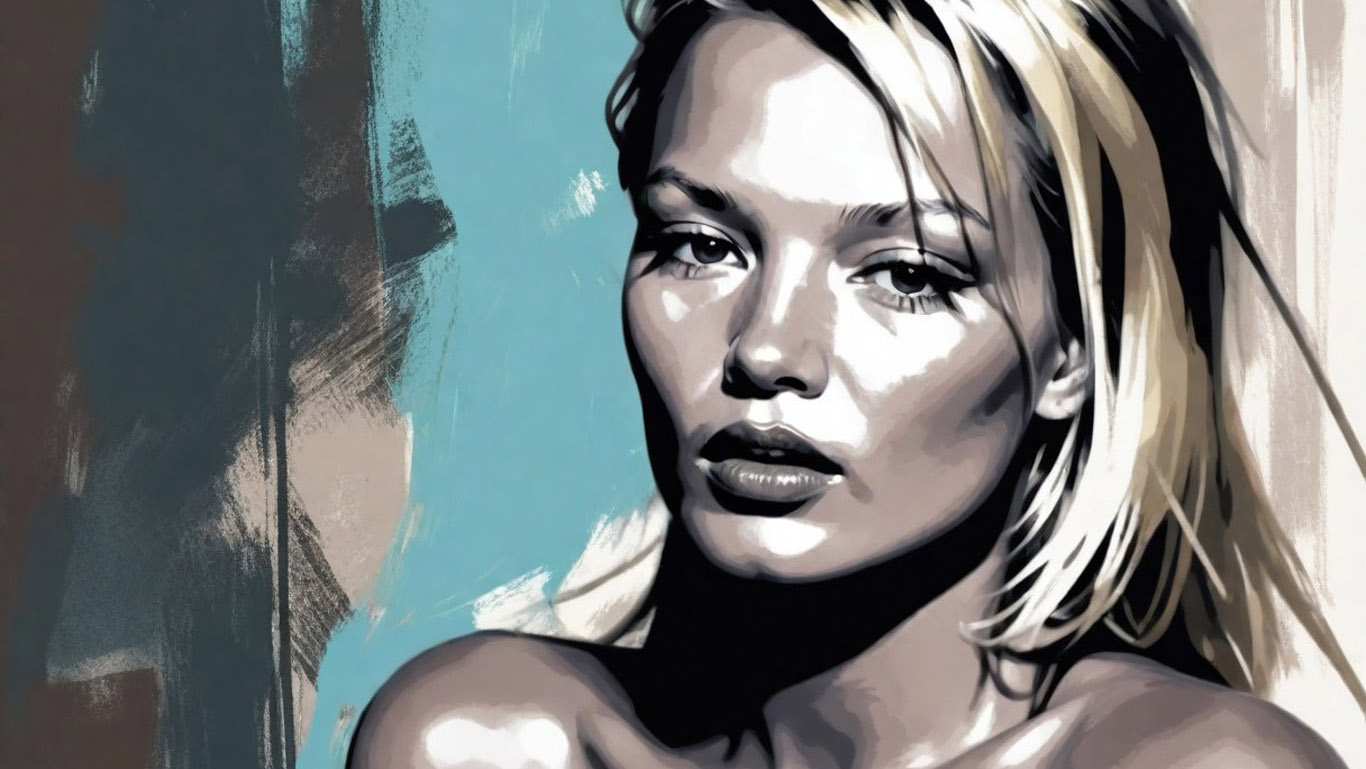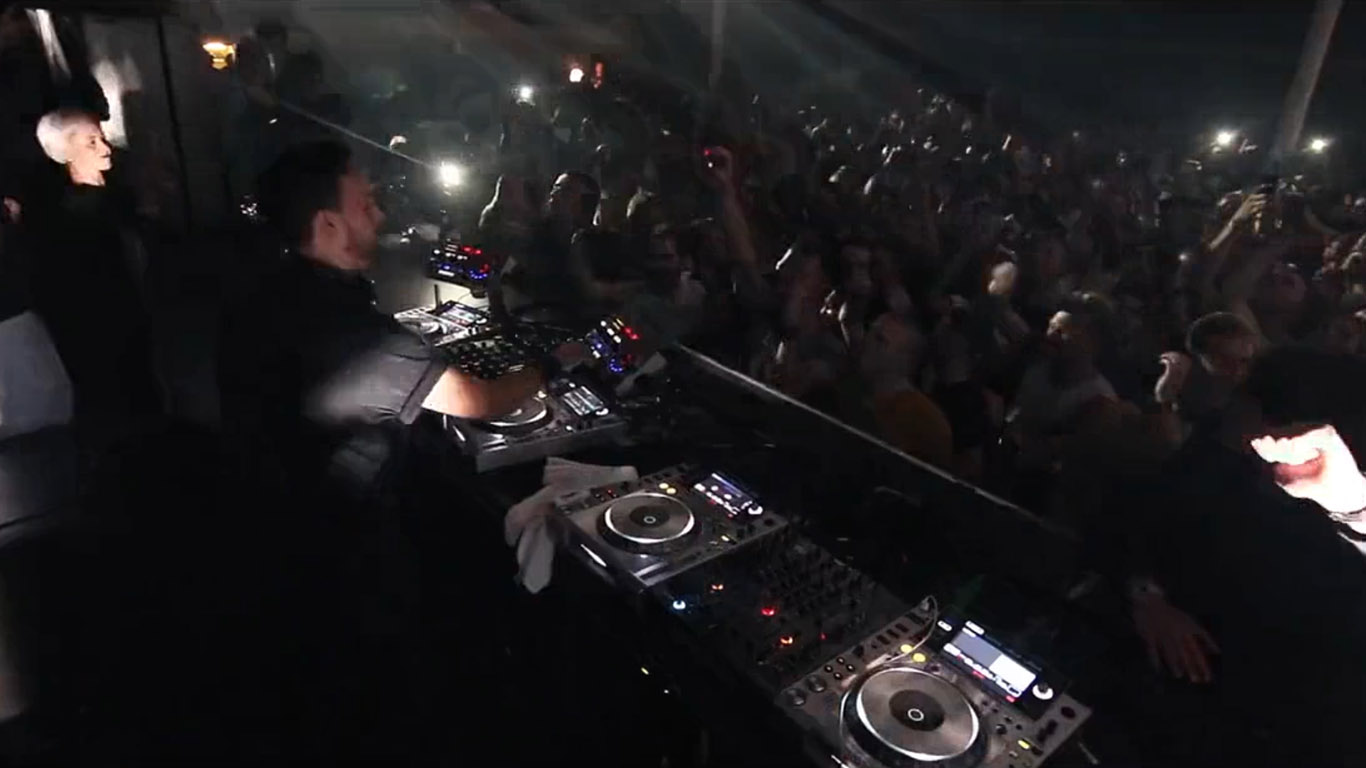The Evolution of Guitar Solos and Lead Guitarists. Part 5: The 1990's





Shaping the Sound: The Evolution of Lead Guitar Part 5: the 1990s
The 1990s was a decade of transition for lead guitar, as the musical landscape underwent seismic shifts that shaped the course of rock music. Against the backdrop of grunge, alternative rock, and the rise of digital technology, lead guitarists continued to hang in there, but it was a period of decline for the guitar solo.
At the outset of the decade, the grunge movement emerged from the Pacific Northwest, spearheaded by bands like Nirvana, Pearl Jam, and Soundgarden. Characterized by its raw, emotive sound and DIY ethos, grunge challenged the excesses of 1980s rock and brought a renewed focus on songwriting and authenticity. However, the lead guitar solo just did not figure.
Where did Lead guitar go?
In the world of lead guitar, Grunge presented a departure from the virtuosic solos and technical wizardry of the previous decade. Instead, guitarists like Kurt Cobain and Kim Thayil embraced a more stripped-down approach, favoring raw power and emotional intensity over flashy pyrotechnics. Cobain's jagged riffs and dissonant chords on tracks like "Smells Like Teen Spirit" became anthems for a generation, while Thayil's inventive use of feedback and unconventional tunings added depth and texture to Soundgarden's sound.
As the 1990s progressed, alternative rock emerged as a dominant force in mainstream music, with bands like Radiohead, Smashing Pumpkins, and Weezer pushing the boundaries of guitar-driven rock. Lead guitarists in these bands explored new sonic territories, incorporating elements of shoegaze, post-rock, and experimental music into their playing.
Radiohead's Jonny Greenwood, for example, experimented with unconventional guitar effects and textures, using techniques like arpeggios and tremolo picking to create atmospheric soundscapes on tracks like "Paranoid Android" and "Karma Police." Similarly, Billy Corgan of Smashing Pumpkins blended heavy riffing with melodic leads and intricate chord progressions, crafting a unique and dynamic guitar style that helped define the band's sound.
Brit Pop
'Over the Pond' here was a new twist on the Indie band, Brit Pop. This included bands such as Blur, Pulp, the Stone Roses, The Charlatans, Supergrass and the Verve. They were all overshadowed by the biggest Brit Pop band of them all, Oasis. Oasis was a Manchester band formed by two brothers, Liam Gallagher and Noel Gallagher and acheved world wide success.
90's Metal
In addition to the rise of alternative rock, the 1990s saw the continued evolution of metal music, with bands like Metallica, Pantera, and Tool pushing the genre in new and exciting directions. Lead guitarists in these bands embraced a diverse range of influences, from thrash and groove metal to progressive and experimental rock.
Metallica's Kirk Hammett, known for his blistering solos and melodic sensibility, continued to showcase his technical prowess on albums like "Metallica" (also known as the "Black Album") and "Load." Meanwhile, Dimebag Darrell of Pantera brought a new level of aggression and intensity to lead guitar playing, with his razor-sharp riffs and lightning-fast solos setting a new standard for metal guitarists.
Guitar effects go Digital
The advent of digital technology in the 1990s also revolutionized the way lead guitarists approached their instrument. Advances in guitar modeling, digital effects processors, and recording software allowed guitarists to explore new sounds and techniques with unprecedented ease and flexibility.
Artists like Tom Morello of Rage Against the Machine embraced these new technologies, using samplers, synthesizers, and digital effects to create innovative and groundbreaking guitar tones. Morello's inventive use of effects pedals and unconventional playing techniques, such as scratching and tapping, helped redefine the possibilities of lead guitar in the digital age.
Conclusion
In conclusion, the 1990s was a decade of decline for lead guitar, even as musicians embraced new styles, technologies, and sonic possibilities. From the raw power of grunge to the innovative sounds of alternative rock and the continued evolution of metal music, lead guitarists in the 1990s pushed the boundaries of their instrument, leaving an indelible mark, some would say a stain, on the history of rock music.
